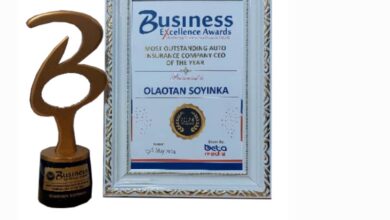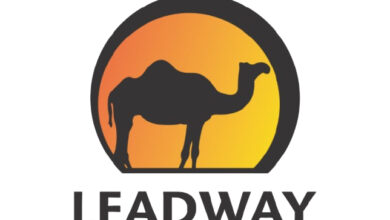Disclosures Suggest Wide Variation in IFRS 17 Impact on Shareholders’ Equity

By AM Best
For (re)insurers that report under International Financial Reporting Standards (IFRS), the transition to IFRS 17 at the beginning of 2023 impacts large parts of their external financial reporting and metrics. In recent months several (re)insurers accompanied their usual investor presentation with early estimates of a few major selected measures under the new standard.
This report analyses disclosures from certain larger (re)insurers to identify some of the more significant changes, with a focus on shareholders’ equity. The report then comments on inputs for non-life reserve risk into AM Best’s proprietary capital adequacy model (BCAR) under IFRS 17.
What is IFRS 17?
IFRS 17 is a market value-focused accounting standard for insurance contracts based on discounting
future cash flows. For longer-term contracts the estimated value created on issue of a policy is amortised into profit over the lifetime of the contract and is adjusted (or “unlocked”) for assumption changes.
This value is called the Contractual Service Margin (CSM) and it is booked as a liability on issue of a policy. IFRS 17 therefore provides a “dual look” at capital and profit for longer term contracts comprising, firstly, of forward-looking market values which capitalise the profitability of policies at inception in the CSM, and secondly—through the amortisation of the CSM—a record of profit delivery which is only earned gradually over the term of policies.
It is fundamental to the standard that insurance liabilities are split into a best estimate liability and a risk adjustment (RA) which applies to non-financial risk. This split applies to all policies including shorter-term, typically non-life, business.
The RA for a group of policies will flow into profit as the risk runs off. In principle, financial risk is captured in the discount rate, which should therefore be lower than the expected return on investments to allow for the volatility of returns.
Another essential feature is that if a group of policies is identified as loss making, whether on issue or subsequently during the coverage period, then that loss is taken directly to the profit and loss account and, for longer-term policies, is not spread through the CSM over the policy term.
Wide Range of Impacts on Shareholders’ Equity upon Transition
The impact of transition to IFRS 17 is far more pronounced in the life insurance segment. The range of outcomes is wide for the segment and biased to the downside.
For non-life insurers, the impact is considerably narrower and biased to the upside. Life movements in shareholders’ equity on transition to IFRS 17 are heavily influenced by the profile of profit over the duration of an insurer’s policies under IFRS 4, the relationship of that profile to the new profile under IFRS 17, and finally the overall maturity of the policies on an insurer’s balance sheet. All three of these factors can vary considerably in the life segment.
Under IFRS 17 there is no profit impact on shareholders’ equity at inception of a policy. Instead, a profit measure—the contractual service margin (CSM)—is assessed explicitly, deferred as a liability, and then earned into profit over the life of the policy.
By contrast, under IFRS 4, profit recognition patterns varied significantly according to the type of product and the accounting policies used by the (re)insurer, and usually included a profit on inception.
IFRS 4 grandfathered previous practice in the measurement of insurance contracts. In many cases IFRS 4 profit for life contracts was taken earlier than it will be under IFRS 17. However, in some cases, profit will be recognised earlier under IFRS 17.
The change in shareholders’ equity in the life segment on transition to IFRS 17 can be influenced by variation under IFRS 4 in the treatment of capital in participating funds. In some jurisdictions, only the share that would be allocated to shareholders when the capital is used for bonuses is recorded in shareholders’ equity under IFRS 4.
In other jurisdictions, the availability of all the capital to meet guarantees and a close relationship between financial accounting and regulatory reporting combine to mean that participating fund capital, or at least a large part of it, is treated as 100% shareholders’ equity.
Practice under IFRS 17 will become clearer over time but disclosure so far suggests some movement of participating fund capital from equity under IFRS 4 to CSM under IFRS 17.
In its balance sheet strength assessment, AM Best’s consideration of the BCAR ratio, other numerical inputs (for example leverage) and qualitative factors—such as the quality of capital—will no doubt evolve under IFRS 17. The weight attached to each and the composition of the qualitative factors are unlikely to be the same as under IFRS 4.
For the life segment the creation of the CSM, shown as applied first in the exhibit, is responsible for most of the variation in shareholders’ equity with a smaller widening of the range on application of each further step.
A reduction in shareholders’ equity is far from automatic for life insurers. For example, Aegon’s disclosure, during an IFRS 17 presentation in March 2023, suggested a positive impact from its International and UK operations, which in its case was more than offset by a reduction in shareholders’ equity from the group’s far larger US operations.





